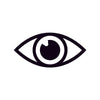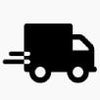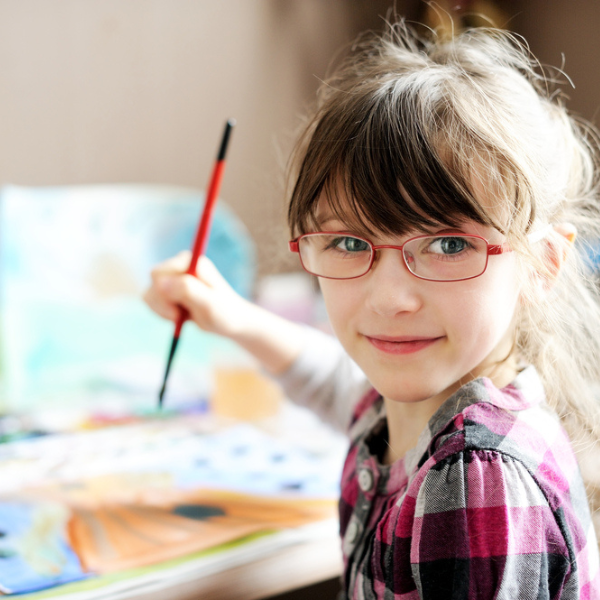Children's eye tests are modelled slightly differently than adult examinations to support the earlier stages of development. All tests and equipment are made to be child-friendly, and conducted by optometrists trained to make your little one as comfortable as possible during the process.
Generally, the process for a children's eye test is as follows:
- A test is booked with a trusted optometrist. It is best to choose a time that is convenient for your child. Namely, when they are at their calmest and most agreeable to a new process or surroundings.
- The optometrist will question you about the family's visual history ahead of the test.
- The test will usually begin with children identifying age-appropriate shapes and pictures on the vision charts.
- Additional tests will follow, focusing on their ability to see colour, ocular eye movements, and visual fields. Eye pressure tests will also be done on those children old enough and comfortable enough with the testing.
- The next stage will examine the potential for short-sightedness, long-sightedness, astigmatisms, lazy eyes, or turned eyes.
- The back of the eyes will also be checked for any health issues.
- The optometrist may also take a digital photograph.
Most of the time, an appointment will take around 20 minutes to complete. You can stay with your child the whole time, helping them remain calm and comfortable with the eye examination process.
Additionally, by the end of the testing, your optometrist will already have an understanding of any potential vision problems. They will then walk you through any treatment avenues to consider, such as buying children's glasses or eye exercises to do regularly for tired eyes. This is the best time to ask any questions you may have and get your child on the same page for the efforts needed to secure their vision.






